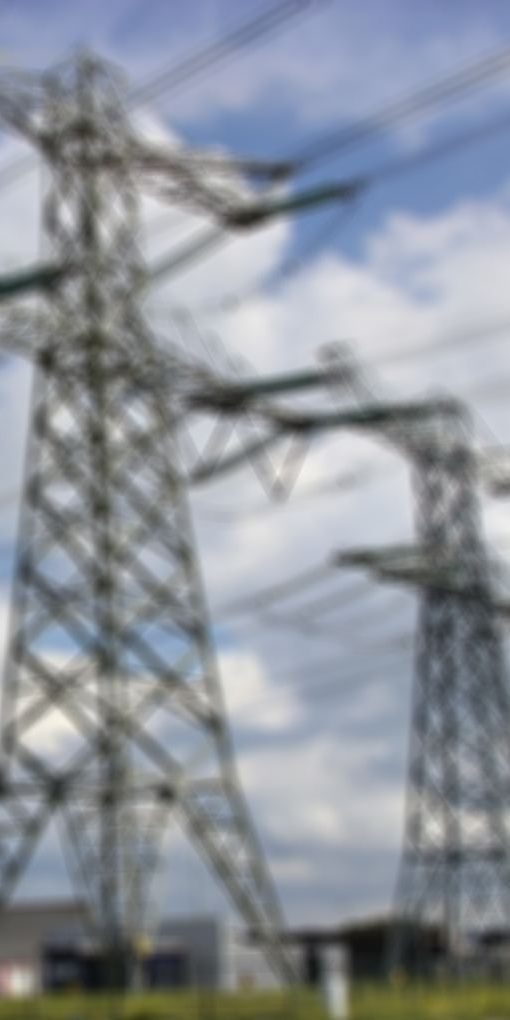Electrical energy
section-b05f295
Electrical energy
Electricity as a commodity on the wholesale market is electrical energy that is sold and distributed in large quantities among various companies and organizations. The wholesale electricity market is designed to meet the electricity needs of large consumers, such as industrial enterprises, power plants, large businesses, and other organizations that require a significant amount of electrical energy.
In the wholesale electricity market, electricity can be bought and sold through both long-term and short-term contracts, and its price can be determined as either fixed or variable (depending on market conditions). Additionally, various quality standards and regulations governing the characteristics of supplied electrical energy may apply in the wholesale market.
The wholesale electricity market plays a crucial role in ensuring the stability and reliability of electricity supply at regional and national levels. It also contributes to the efficient use of resources and the balance between electricity production and consumption.
The process of generating, transporting, and distributing electrical energy involves several key stages:
- Generation of Electrical Energy:
Generation begins at power stations, where various sources of energy are converted into electrical energy. These sources can include thermal energy (burning coal, gas, or oil), nuclear energy, renewable sources (wind, solar, hydroelectric power), and others.
- Transformation and Transmission:
The generated electrical energy is passed through transformers to raise or lower the voltage (high voltage for long-distance transmission and low voltage for use by residential consumers).
Subsequently, electrical energy is transmitted via high-voltage transmission lines and transmission networks for long-distance transport.
- Transportation:
The transportation of electrical energy over long distances occurs through high-voltage and extra-high-voltage transmission lines. These lines may run on overhead towers or be underground cables, depending on local conditions.
- Substations:
Along the transmission path, substations may be installed to regulate voltage and facilitate switching between different transmission lines.
- Distribution:
Upon arrival at the local level, electrical energy passes through distribution substations where its voltage is reduced for use by residential and commercial consumers. Electrical energy is then distributed to cities, districts, and homes through medium and low-voltage power lines and underground cables.
- Consumption:
Finally, electrical energy is delivered to consumers who use it for various purposes, including lighting, powering machines and devices, heating, air conditioning, and a wide range of other electrical applications.
It is important to note that this system requires coordinated operation, control, and maintenance to ensure reliable and efficient electricity supply. Energy system operators and utility companies play a key role in managing these processes to provide stable and reliable electricity supply to all consumers.
The company INCERGO can provide all types of intermediary services when entering into a contract for the purchase or sale of electrical energy, including offering financial instruments for facilitating the transaction.

